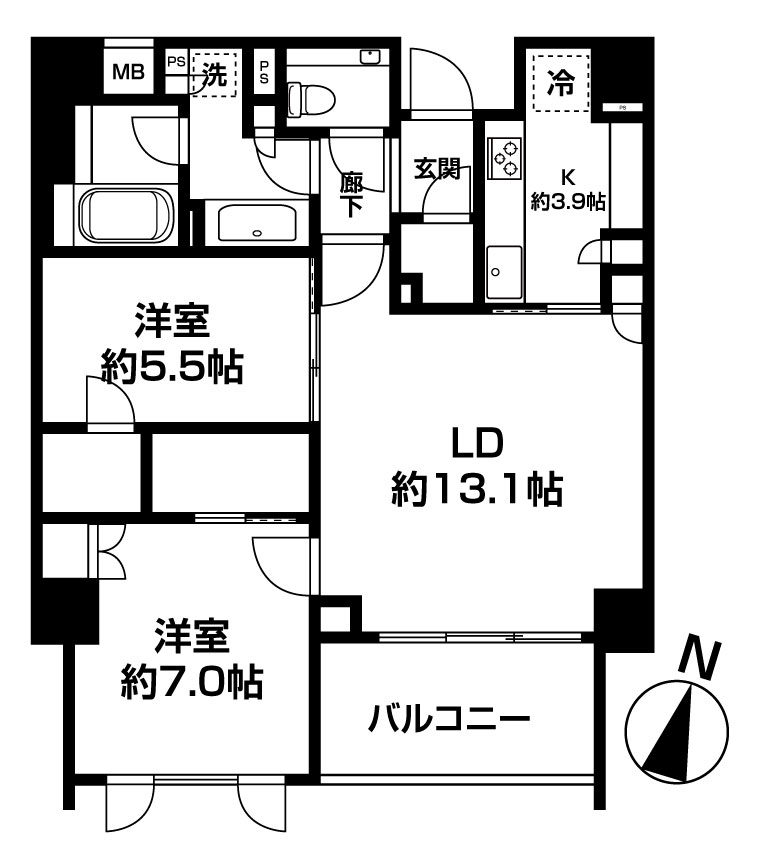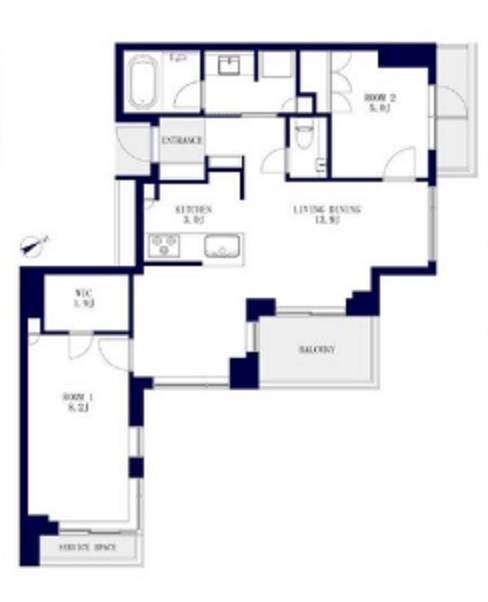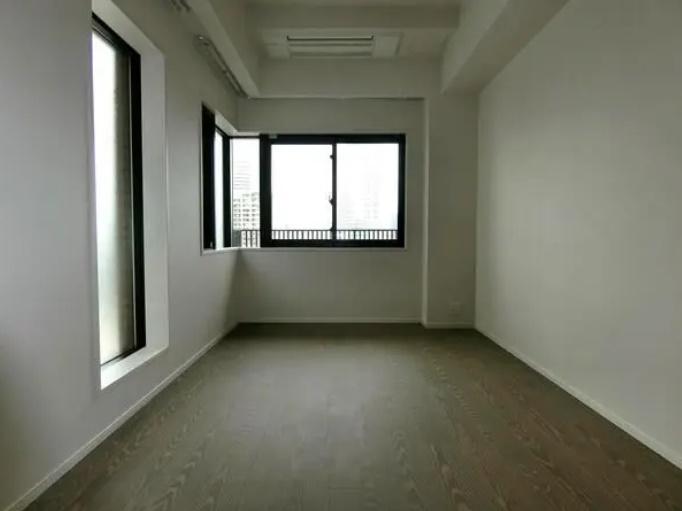-
2024年3月9日
この物件のおすすめポイント
【パークハウス芝タワー】
都営地下鉄三田線「芝公園」駅 徒歩2分
都営地下鉄三田線・浅草線「三田坂」駅 徒歩6分
都営地下鉄大江戸線「赤羽橋」駅徒歩6分
JR山手線・京浜東北谷線「田町」駅 徒歩9分~都心でありながら閑静な住宅街に佇むタワーマンション~
■2004年9月築、RC造地下2階付32階建!!
■南向きの2LDK!!
■5路線4駅利用可能!!
■ホテルライクな内廊下設計!!物件概要
物件名 パークハウス芝タワー
所在地 港区芝三丁目 アクセス 都営地下鉄三田線「芝公園」駅 徒歩2分 価格 16,580万円 間取り 2LDK 面積(平米) 専有面積:73.34㎡ バルコニー:7.63㎡ 部屋向き 南 土地権利 所有権 建物構造 RC造 地下2階付地上21階建 8階部分 築年 2004年9月 総戸数 178戸 管理費 27,100円/月 修繕積立金 15,800円/月 管理形態 全部委託(日勤) 駐車場 空無 現況 空有 40,000円~60,000円/月 引渡時期 契約後6か月後のお引渡し 取引形態 仲介 設備 オートロック/宅配ボックス/温水式床暖房/システムキッチン/ペット可(細則あり)/浴室換気乾燥機/独立洗面台 備考 物件番号 06030903 物件更新日 2024/3/9 -
2024年2月3日
【ザ・パークハウス麻布外苑西通り 603号室】
東京メトロ千代田線「乃木坂」駅 徒歩9分
東京メトロ銀座線・半蔵門線「表参道」駅 徒歩11分
東京メトロ日比谷線「六本木」駅 徒歩15分~外苑西通りに面さない静かなお部屋~
この物件のおすすめポイント
■2018年3月築、RC造地下7階建!
■南向き住戸で陽当たり良好!
■3駅4路線利用可能!
■メインエントランスに車寄せ有!!物件概要
物件名 ザ・パークハウス麻布外苑西通り
所在地 港区西麻布2丁目 アクセス 東京メトロ千代田線「乃木坂」駅 徒歩9分 価格 17,900万円 間取り 2LDK+2WIC+SIC 面積(平米) 専有面積:70.01㎡ バルコニー:6.22㎡ 部屋向き 南 土地権利 所有権 建物構造 RC造 地上7階建 6階部分 築年 2018年3月 総戸数 73戸 管理費 28,850円/月 修繕積立金 6,300円/月 管理形態 全部委託(日勤) 駐車場 有 (46,000円~52,000円/月) 現況 居住中 引渡時期 相談 取引形態 仲介 設備 ウォークインクローゼット/シューズインクローゼット/エレベーター2基/駐車場/駐輪場/バイク置場 備考 物件番号 06020201 物件更新日 2024/2/2 -
2024年2月3日
この物件のおすすめポイント
【クラッシィハウス白金 303号室】
東京メトロ南北線・都営三田線「白金高輪」駅 徒歩5分
東京メトロ南北線・都営三田線「白金台」駅 徒歩6分
都営地下鉄浅草線「泉岳寺」駅 徒歩18分
JR山手線「高輪ゲートウェイ」駅 徒歩24分~港区白金台アドレス 高級感溢れる外観~
■2014年2月築、RC造7階建!!
■収納豊富な3LDK!LDに床暖房有!
■ペット飼育可!!
■ホテルライクな内廊下設計!!物件概要
物件名 クラッシィハウス白金
所在地 港区白金2丁目 アクセス 東京メトロ南北線・都営三田線「白金高輪」駅 徒歩5分 価格 15,980万円 間取り 3LDK+2WIC 面積(平米) 専有面積:74.31㎡ バルコニー:4.90㎡ 部屋向き 西 土地権利 所有権 建物構造 RC造 地上7階建 3階部分 築年 2014年2月 総戸数 35戸 管理費 22,580円/月 修繕積立金 14,920円/月 管理形態 全部委託(日勤) 駐車場 空無 現況 空室 引渡時期 即可 取引形態 仲介 設備 ペット可(細則有)/ウォークインクローゼット/床暖房/オートロック/光ファイバー(共用部まで)/宅配ボックス/浴室換気乾燥機/駐車場/駐輪場 備考 物件番号 06020303 物件更新日 2024/2/3 -
2022年7月9日
-
2022年4月17日
この物件のおすすめポイント
【プラウド虎ノ門 19階】
東京メトロ日比谷線「神谷町」駅 徒歩2分
東京メトロ銀座線「虎ノ門ヒルズ」駅 徒歩7分
東京メトロ南北線「六本木一丁目」駅 徒歩8分~野村不動産株式会社旧分譲のブランドマンション「プラウド」シリーズ~
■2019年10月築、RC造地上19階建!!
■最上階、南東・東北角住戸!!
■2LDK!!収納に便利なWIC有!!
■二面採光につき、通風良好!!
■4駅4路線以上利用可能な好立地!!物件概要
物件名 プラウド虎ノ門
所在地 港区虎ノ門4丁目 アクセス 東京メトロ日比谷線神谷町駅徒歩2分
東京メトロ銀座線虎ノ門ヒルズ駅徒歩7分価格 22,000万円 間取り 2LDK 面積(平米) 専有面積:68.39㎡ 部屋向き 南東・北東 土地権利 所有権 建物構造 RC造 地上19階建 19階部分 築年 2019年10月 総戸数 62戸 管理費 29,500円/月 修繕積立金 9,510円/月 管理形態 全部委託(日勤) 駐車場 – 現況 空室 引渡時期 相談 取引形態 仲介 設備 角部屋/システムキッチン/洗面化粧台/クローゼット/ウォークインクローゼット/オートロック/エレベーター 備考 物件番号 03122601 物件更新日 2022/04/17
東京都心エリアの不動産仲介































